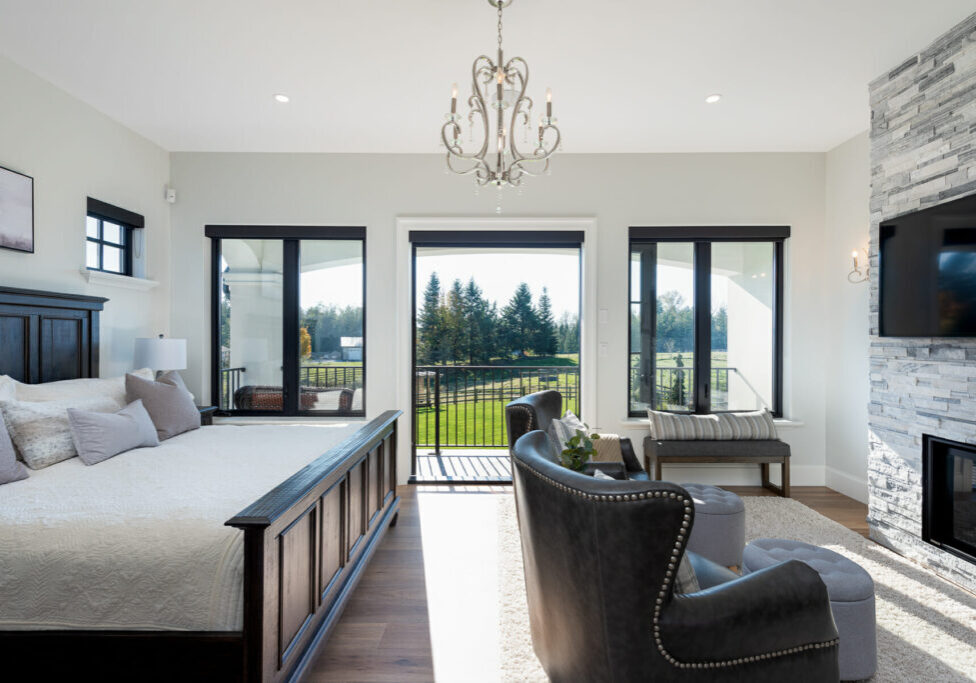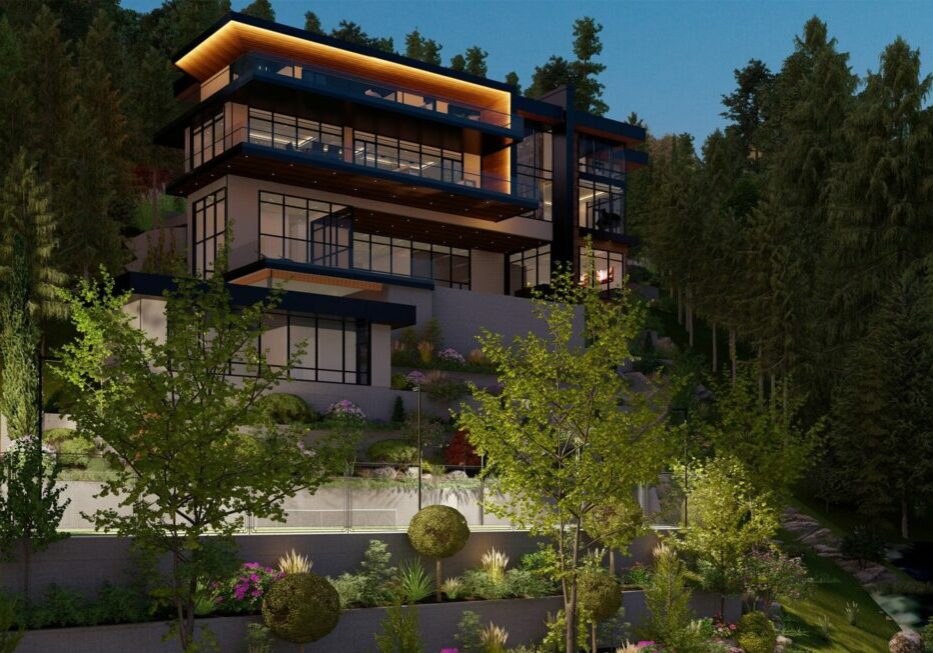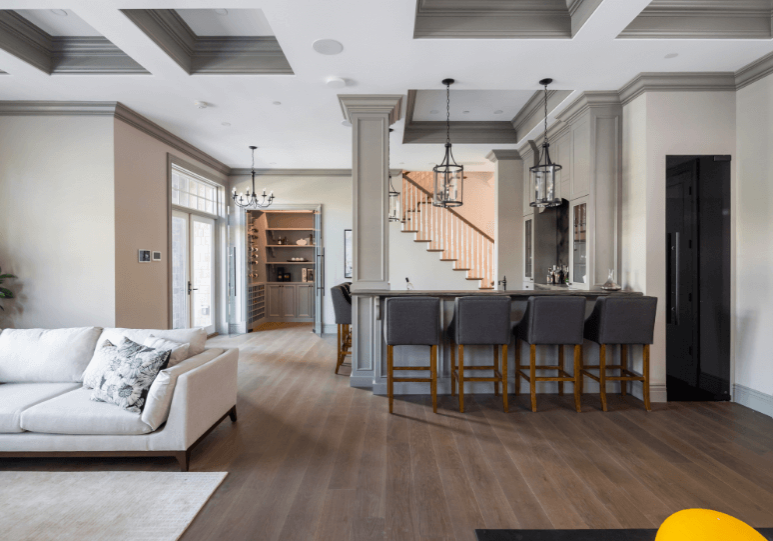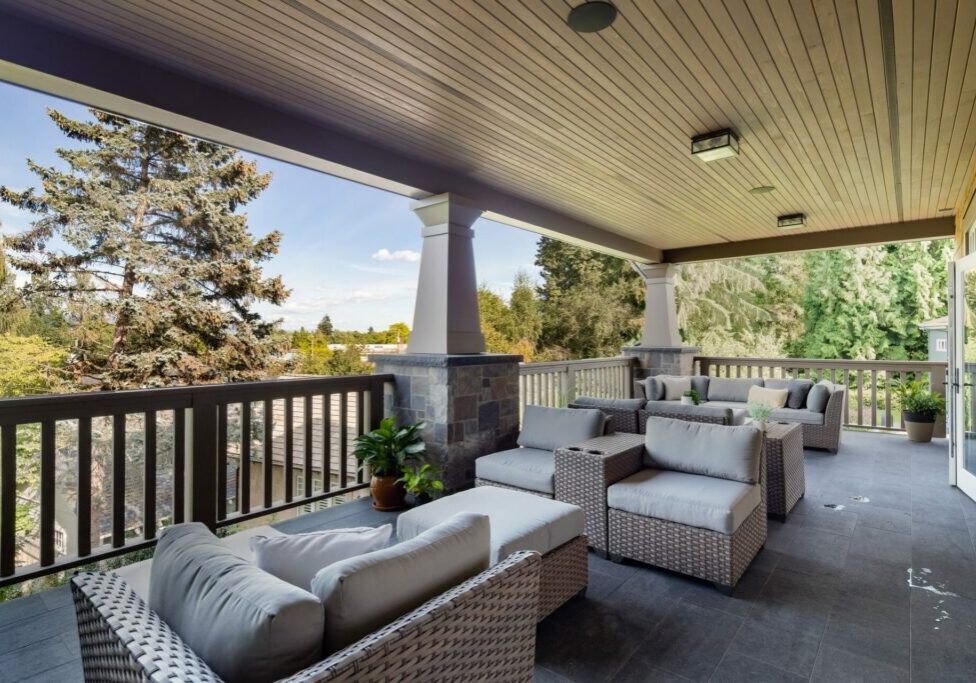
The interior design phase of your custom home construction is undoubtedly one of the most enjoyable and defining moments. However, it requires careful navigation to avoid making mistakes that might lead to regrets down the line. In this blog post, we will highlight some of the common interior design pitfalls and provide insights on how to steer clear of them, ensuring your interior spaces are thoughtfully designed and aesthetically pleasing.
1. Document Your Vision:
Preserving a cohesive interior vision involves thoughtful planning, especially if you wish to incorporate existing furniture from your previous home. Before embarking on your interior design journey, make a comprehensive list of items you’ll need to complement your space. Carry this list with you when shopping to prevent impulse purchases that may not align with your desired aesthetic.
2. Consider Lighting Design:
Interior design is not just about choosing wall colors and textures; it should also encompass a well-thought-out lighting plan. Adequate lighting is often overlooked, but it plays a pivotal role in enhancing the ambiance and functionality of your rooms. Incorporate three types of lighting – ambient, task, and accent – to ensure each room is well-lit and serves its intended purpose optimally.
3. Plan for Traffic Flow:
A well-designed home takes into account the flow of movement from room to room. Ignoring traffic flow can lead to impractical layouts, where furniture impedes the pathways, causing discomfort and inconvenience. Carefully consider the interconnectedness of your rooms and ensure clear paths for ease of movement.
4. Utilize Vertical Space:
In the pursuit of a harmonious interior, it is common to overlook the potential of vertical space. Elevate your design by adding dimension to your rooms. Experiment with furniture of varying heights, adorn walls with artworks, and play with lighting to create a visually appealing atmosphere. Innovative touches like canopy beds and floor-to-ceiling curtains can also infuse unique character.
5. Embrace Color and Texture:
While minimalism has its appeal, excessively monotonous color schemes can render a room dull and lifeless. Opt for color palettes that include a primary color and various shades within the same family. Warm and cool tones combined can lend depth and visual interest to your space. Introduce different textures through rugs, throw pillows, and upholstery to add layers and create a dynamic ambiance.
As you embark on the interior design journey for your custom home, heed these valuable insights to avoid common mistakes and achieve a space that is both beautiful and functional. Thoughtful planning, attention to lighting, traffic flow considerations, utilization of vertical space, and the strategic use of color and texture will all contribute to creating interiors that exude elegance and sophistication. By employing these principles, you can turn your custom home into a personal sanctuary that seamlessly reflects your lifestyle and design preferences.
Curious about the cost of building your dream home?
Use the Versa Homes quick budget tool to get an estimate and take the first step toward your new home today!




